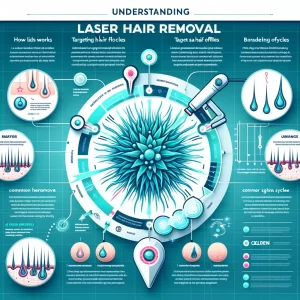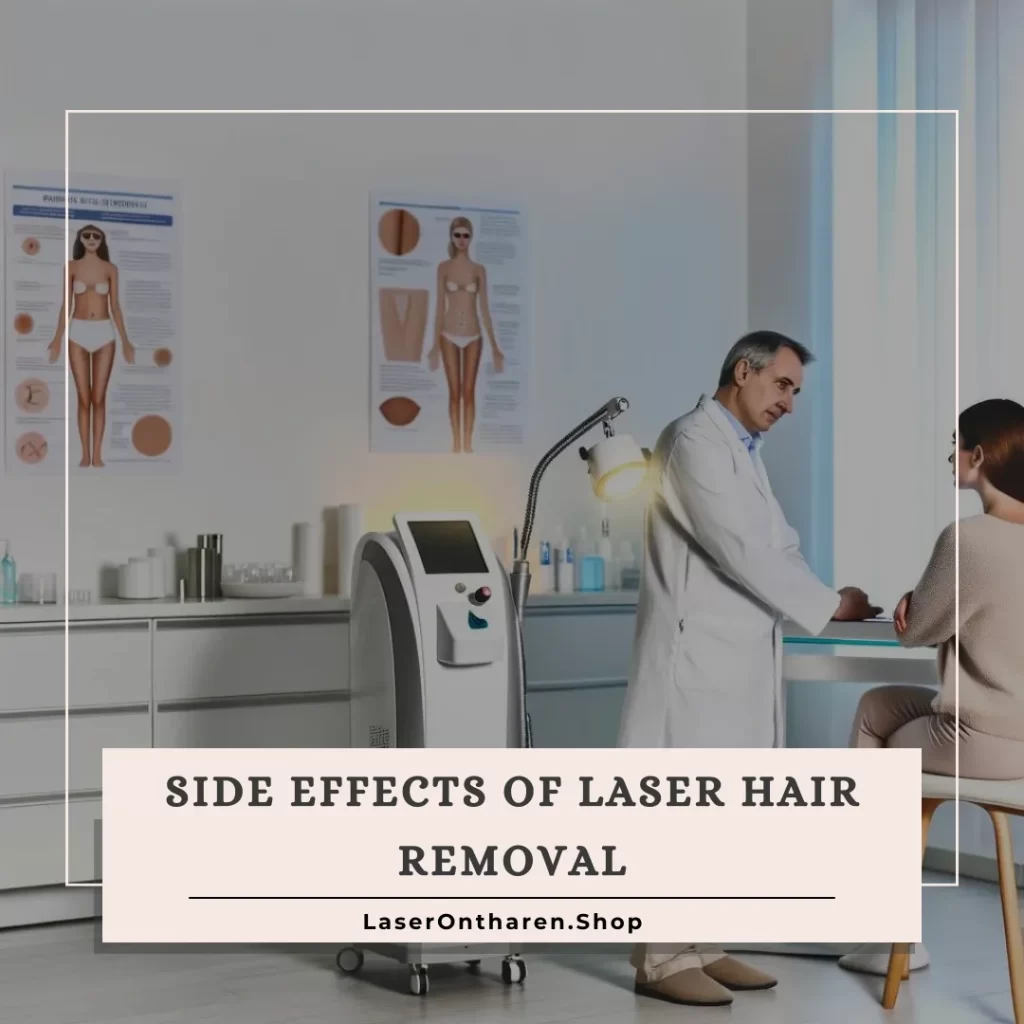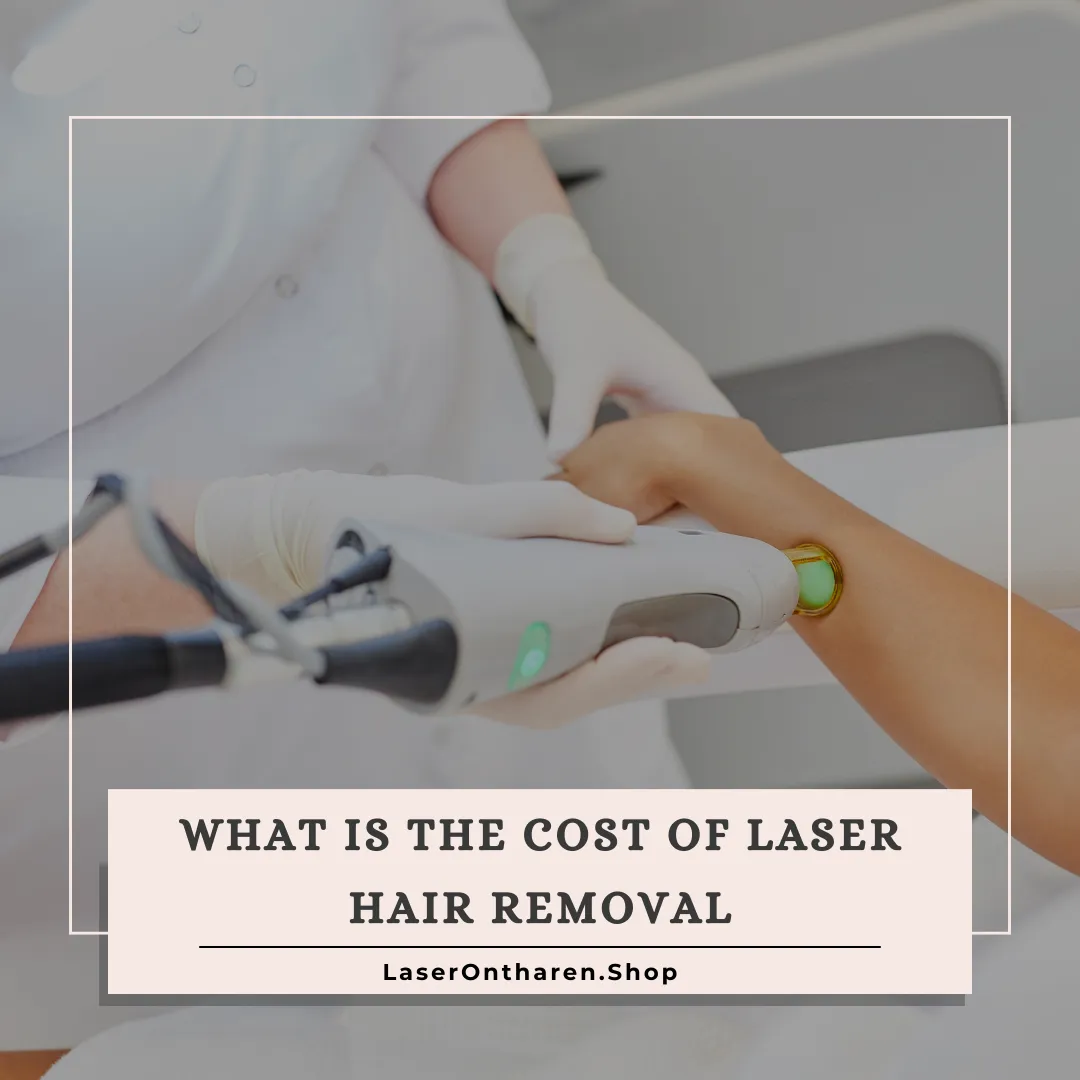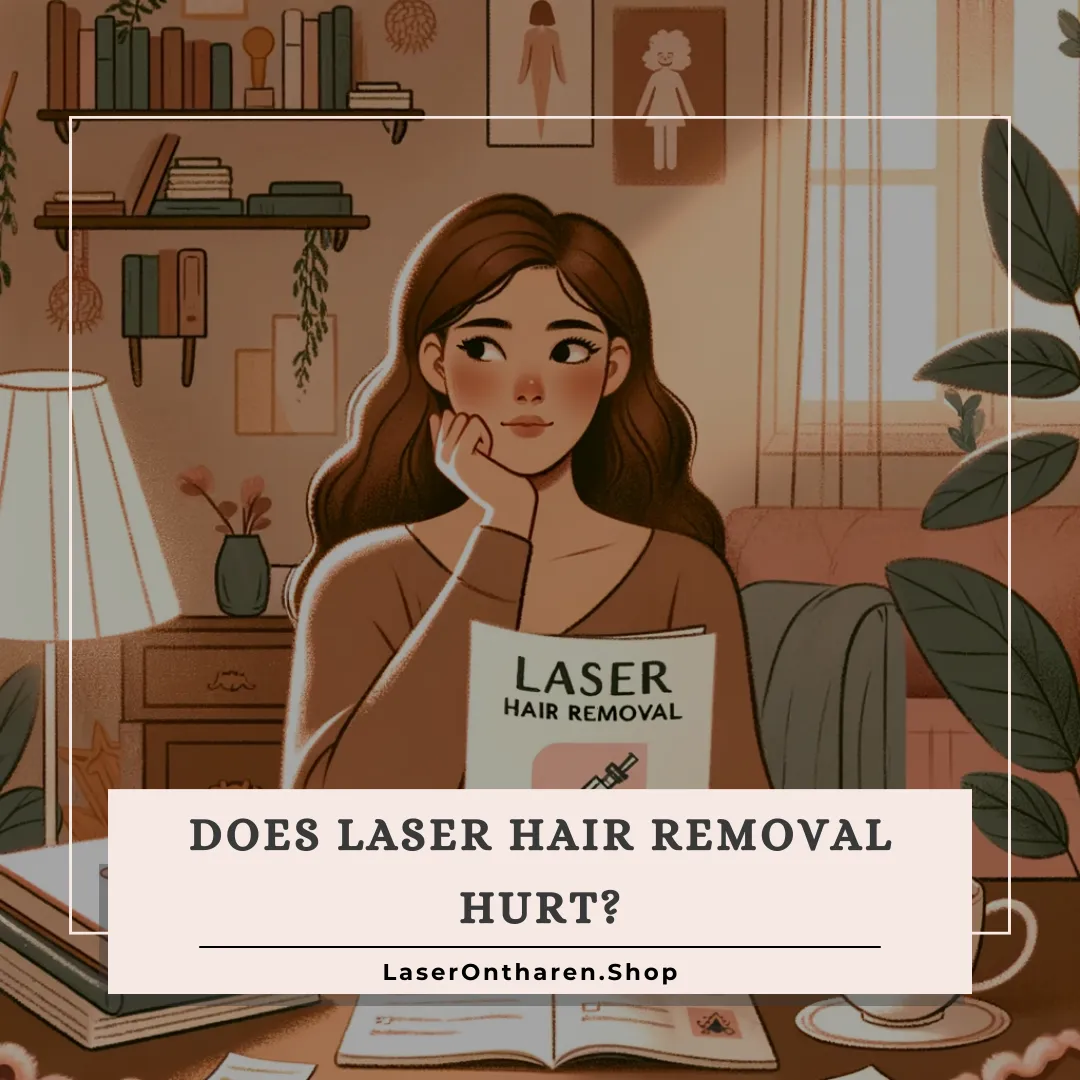Introduction: Navigating the Complexities of Laser Hair Removal
In the realm of cosmetic procedures, laser hair removal stands out for its blend of efficacy and convenience, offering a long-term solution for those seeking to reduce unwanted body hair.
As a technology-driven method, it has gained popularity for its ability to target hair follicles with precision, significantly reducing hair growth over time.
The allure of laser hair removal lies in its promise of smoother skin without the constant need for traditional hair removal methods like shaving, waxing, or plucking.
However, as with any cosmetic procedure, understanding the potential side effects is crucial for anyone considering laser hair removal.
While generally safe, the treatment isn’t free from risks, which can range from mild and temporary to rare yet serious.
The effectiveness of the procedure, along with its safety profile, greatly depends on several factors, including the skill and experience of the practitioner, the type of laser used, and the patient’s skin type and hair color.
In this article, we delve into the nuances of laser hair removal, shedding light on what potential clients can expect, the common and rare side effects associated with the procedure, and how to prepare for and recover from treatment.
Our goal is to equip you with the knowledge needed to make an informed decision about whether laser hair removal is the right choice for you, ensuring a safe and satisfying experience.
Understanding Laser Hair Removal

Laser hair removal is a cosmetic procedure that uses concentrated light to target and destroy hair follicles, the tiny sacs in our skin from which hairs grow.
The procedure hinges on the principle that the pigment (melanin) in the hair absorbs the laser light, which then converts to heat and damages the follicle, inhibiting future hair growth.
This process is most effective during the hair’s anagen phase, or growth stage, because the hair is actively growing and contains the most melanin to absorb the laser light.
How It Targets Hair Follicles
A hair follicle must be in its anagen phase for the laser to be most effective.
Hair growth occurs in cycles, including dormant phases when the hair is not actively growing.
Since not all hairs are in the same phase at any given time, multiple treatments are necessary to target as many hairs in the anagen phase as possible.
This phased approach ensures a more thorough reduction in hair growth over time.










